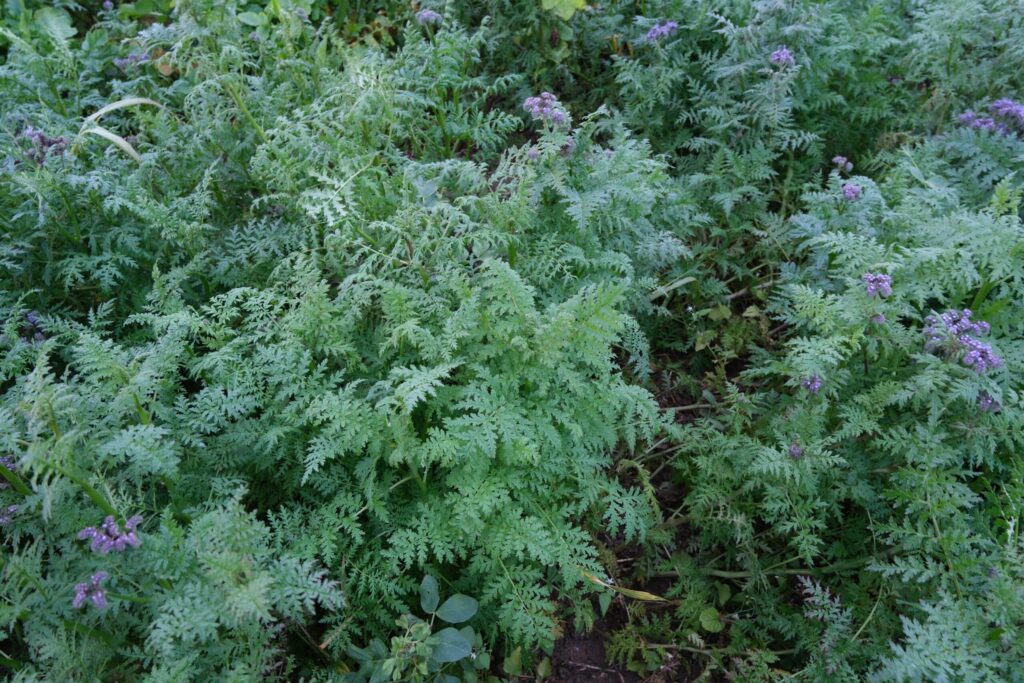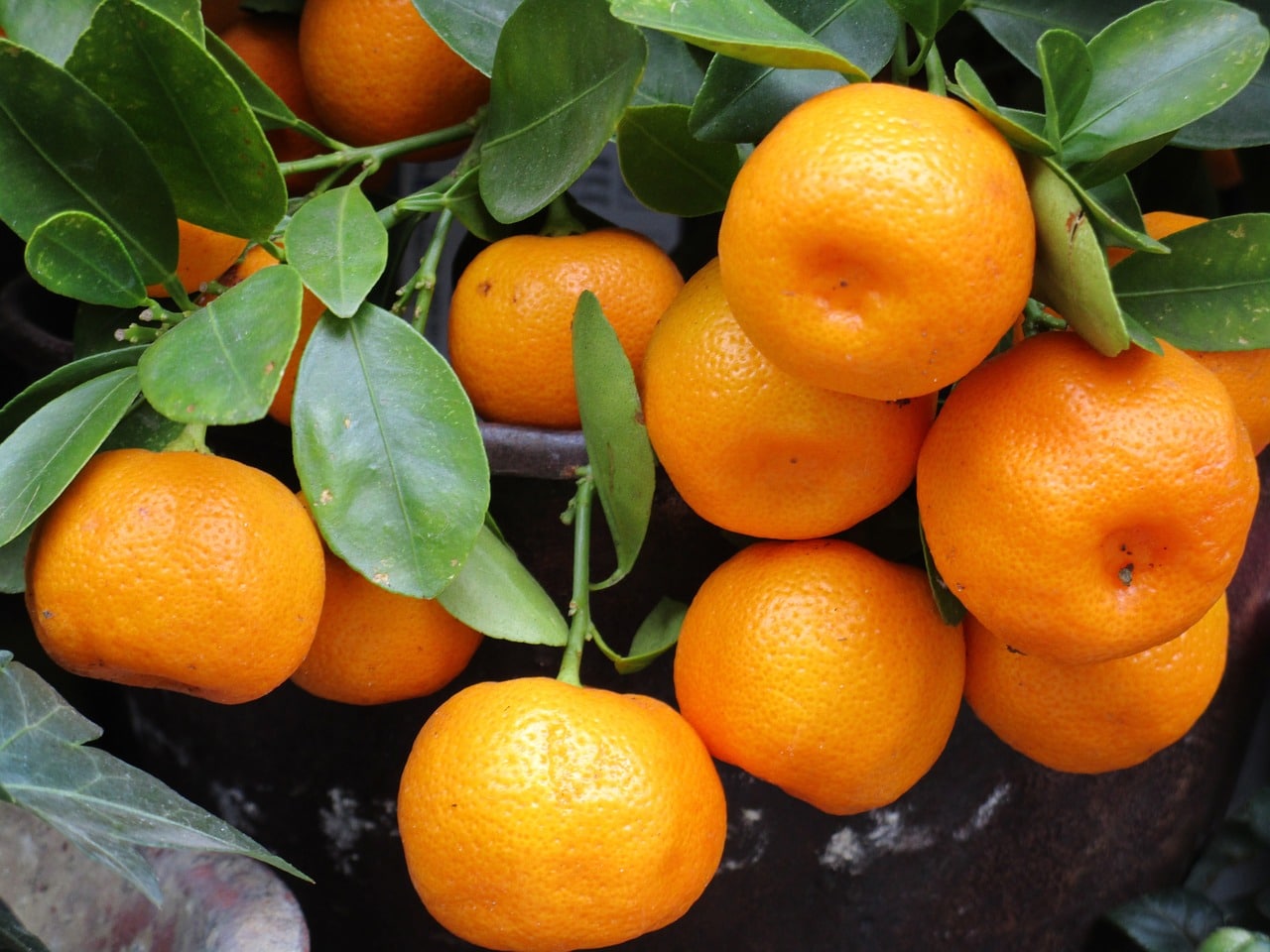Often, when we talk to farmers across Europe, the main issue is about the variety. With corn, for example, we get lots of questions on intrinsic characteristics, disease resistance and, above all, the performance level of the variety.
Ultimately, how many tonnes per hectare will the farmer gain with this new genetic variety? In our business as seed companies, we are constantly working to improve flow in relation to all criteria, especially yield. Despite this work, farmers do not systematically notice the effects of these genetic improvements in their fields. Why not? Because the performance of a variety on a plot is not just linked to the characteristics of the hybrid, but to a multitude of factors. Soil, climate, fertilisation, and cultivation practices are among the factors that may or may not allow the hybrid to express its full potential.
In Europe, the Common Agricultural Policy (CAP), perceived as a constraint by farmers, is leading to some interesting thinking about limiting factors. I’m talking about cover crops. These intercrops are becoming increasingly mandatory in European countries. A cover crop is a secondary crop grown between two cash crops, with the aim of improving the agronomic and environmental quality of the plot. In addition to the financial gain (or absence of loss) linked to subsidies, all the agronomic benefits for the cash crop, in this case corn, should be taken into account. Cover crops have many beneficial effects, but to mention just a few:
- Through their leaf development, they protect the soil from exposure to rain and cold, and through their root development, they reduce compaction during the winter. As a result, they limit run-off, erosion and surface sealing.
- They increase soil fertility in two ways:
– Firstly, by increasing organic matter and boosting biological activity in the soil (+ microorganisms / + seed corn beetles / + earthworms)
– Secondly, by capturing fertilising elements. Nitrogen, for example through a) limiting the leaching by creating leaf and root biomass. This helps to conserve nitrogen over the winter, during a period of heavy rainfall, so that it is available during the corn cycle; and b) capturing nitrogen from the air, in the case of legume-based cover crops.
According to our studies, if we consider only the impact of this nitrogen and put a figure on it, a cover crop (a mixture of several species) that reaches 4t of dry matter in a plot will capture more than 100 units of nitrogen, of which more than 30 (1/3) are available for growing corn! The rest is gradually released for future crops. In the case of corn, this represents almost 15% of total requirements (for corn at 100 qx / Ha, i.e., 2.2 units per qual – Source Arvalis). It is in every farmer’s interest to get part of their nitrogen fertilisation at a lower cost!
That is why Lidea is also working on this agronomic approach and crop sequences in addition to breeding high-performance hybrids. To provide farmers with new, sustainable agronomic tools that will enable them to make the most of all the genetic potential provided by our breeders!









